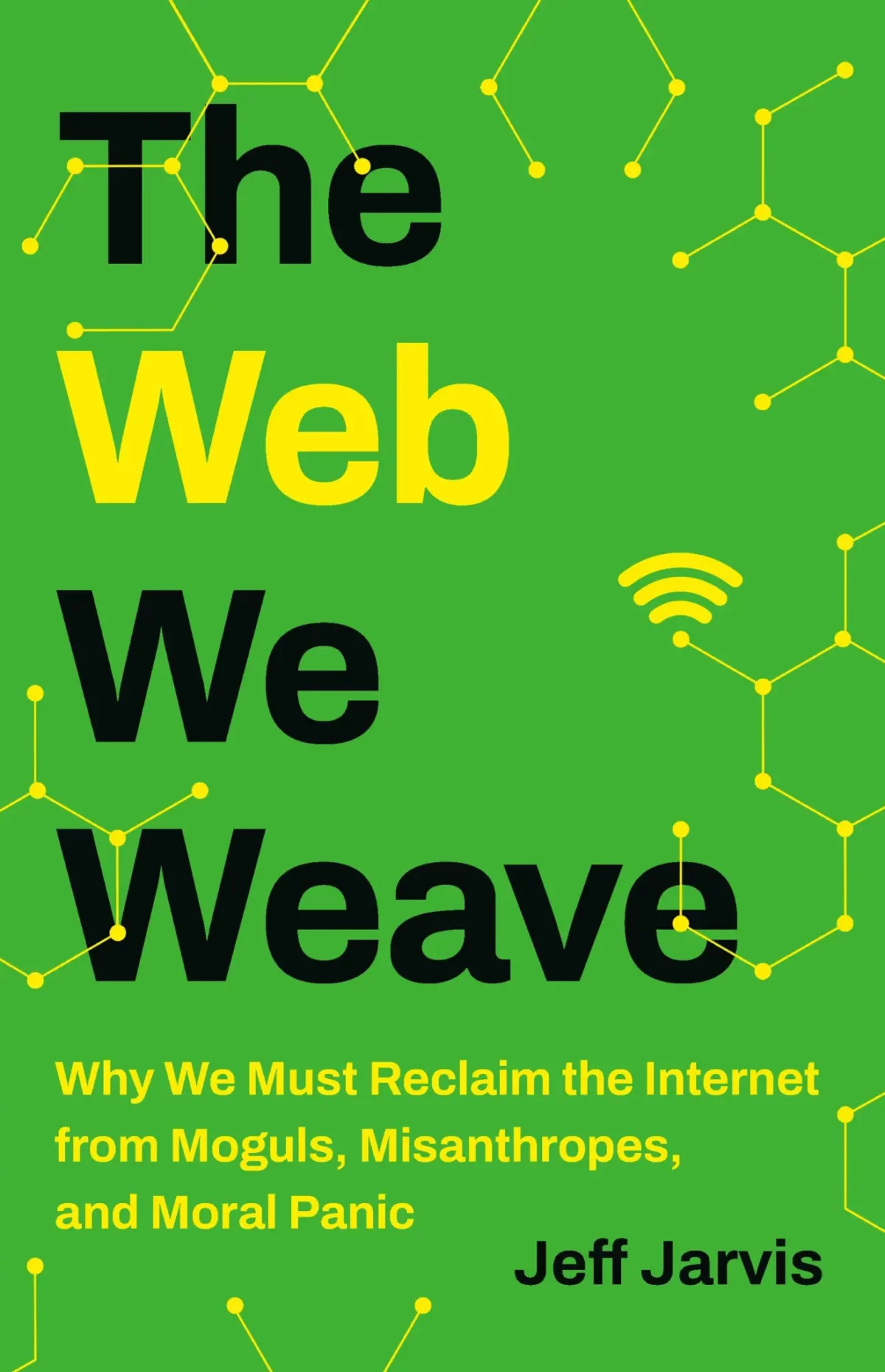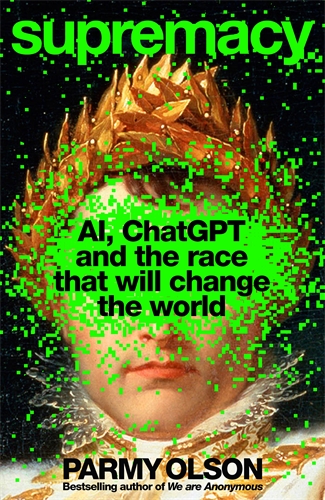In a market that enabled the rational actions of economists’ fantasies, consumers would be able to communicate their preferences for “smart” or “dumb” objects by exercising purchasing power. Instead, everything from TVs and vacuum cleaners to cars is sprouting Internet connections and rampant data collection.
I would love to believe we will grow out of this phase as the risks of this approach continue to become clearer, but I doubt it because business models will increasingly insist on the post-sale money, which never existed in the analog market. Subscriptions to specialized features and embedded ads seem likely to take ever everything. Essentially, software can change the business model governing any object’s manufacture into Gillette’s famous gambit: sell the razors cheap, and make the real money selling razor blades. See also in particular printer cartridges. It’s going to be everywhere, and we’re all going to hate it.
***
My consciousness of the old ways is heightened at the moment because I spent last weekend participating in a couple of folk music concerts around my old home town, Ithaca, NY. Everyone played acoustic instruments and sang old songs to celebrate 58 years of the longest-running folk music radio show in North America. Some of us hadn’t really met for nearly 50 years. We all look older, but everyone sounded great.
A couple of friends there operate a “rock shop” outside their house. There’s no website, there’s no mobile app, just a table and some stone wall with bits of rock and other findings for people to take away if they like. It began as an attempt to give away their own small collection, but it seems the clearing space aspect hasn’t worked. Instead, people keep bringing them rocks to give away – in one case, a tray of carefully laid-out arrowheads. I made off with a perfect, peach-colored conch shell. As I left, they were taking down the rock shop to make way for fantastical Halloween decorations to entertain the neighborhood kids.
Except for a brief period in the 1960s, playing folk music has never been lucrative. However it’s still harder now: teens buy CDs to ensure they can keep their favorite music, and older people buy CDs because they still play their old collections. But you can’t even *give* a 45-year-old a CD because they have no way to play it. At the concert, Mike Agranoff highlighted musicians’ need for support in an ecosystem that now pays them just $0.014 (his number) for streaming a track.
***
With both Halloween and the US election scarily imminent, the government the UK elected in July finally got down to its legislative program this week.
Data protection reform is back in the form of the the Data Use and Access Bill, Lindsay Clark reports at The Register, saying the bill is intended to improve efficiency in the NHS, the police force, and businesses. It will involve making changes to the UK’s implementation of the EU’s General Data Protection Regulation. Care is needed to avoid putting the UK’s adequacy decision at risk. At the Open Rights Group Mariano della Santi warns that the bill weakens citizens’ protection against automated decision making. At medConfidential, Sam Smith details the lack of safeguards for patient data.
At Computer Weekly, Bill Goodwin and Sebastian Klovig Skelton outline the main provisions and hopes: improve patient care, free up police time to spend more protecting the public, save money.
‘Twas ever thus. Every computer system is always commissioned to save money and improve efficiency – they say this one will save 140,000 a years of NHS staff time! Every new computer system also always brings unexpected costs in time and money and messy stages of implementation and adaptation during which everything becomes *less* efficient. There are always hidden costs – in this case, likely the difficulties of curating data and remediating historical bias. An easy prediction: these will be non-trivial.
***
Also pending is the draft United Nations Convention Against Cybercrime; the goal is to get it through the General Assembly by the end of this year.
Human Rights Watch writes that 29 civil society organizations have written to the EU and member states asking them to vote against the treaty’s adoption and consider alternative approaches that would safeguard human rights. The EFF is encouraging all states to vote no.
Internet historians will recall that there is already a convention on cybercrime, sometimes called the Budapest Convention. Drawn up in 2001 by the Council of Europe to come into force in 2004, it was signed by 70 countries and ratified by 68. The new treaty has been drafted by a much broader range of countries, including Russia and China, is meant to be consistent with that older agreement. However, the hope is it will achieve the global acceptance its predecessor did not, in part because of the broader
However, opponents are concerned that the treaty is vague, failing to limit its application to crimes that can only be committed via a computer, and lacks safeguards. It’s understandable that law enforcement, faced with the kinds of complex attacks on computer systems we see today want their path to international cooperation eased. But, as EFF writes, that eased cooperation should not extend to “serious crimes” whose definition and punishment is left up to individual countries.
Illustrations: Halloween display seen near Mechanicsburg, PA.
Wendy M. Grossman is the 2013 winner of the Enigma Award. Her Web site has an extensive archive of her books, articles, and music, and an archive of earlier columns in this series. She is a contributing editor for the Plutopia News Network podcast. Follow on Mastodon.





